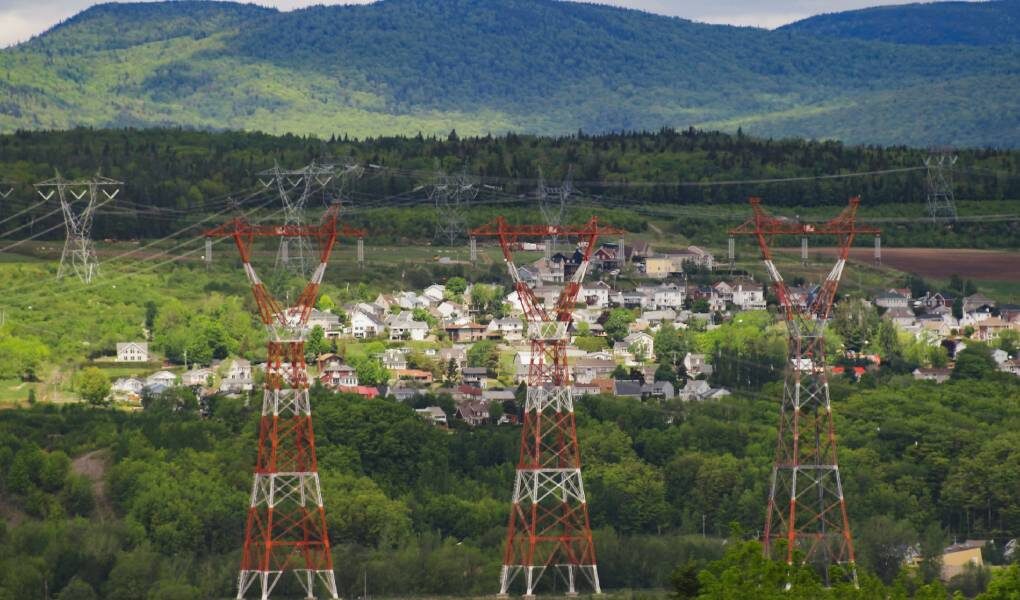In recent years, in the life of each of us, the internet has assumed increasing importance. More and more often, however, we hear about the Internet of Things (in short, IoT ), Internet of Objects. What are we talking about? Today we will try to clarify this expression, the Internet of Things, which in a short time, with the spread of so-called smart objects, intelligent objects, will become more and more commonly used.
Table of Contents
Internet Of Things, The Internet That Will Connect Us To Things
When in 1969, the then ARPANET came to life becoming the forerunner of the internet, few imagined that one day the network would not only change the lives of all of us in terms of telecommunications but that it would even connect us to objects.
To reach this awareness, that is, the definition of the Internet of Things, it was necessary to wait thirty years after the birth of the Internet. It was in 1999, in fact, that for the first time the English engineer Kevin Ashton defined the so-called Internet of Things by referring to the RFIDs and QR Codes he was working on at the Massachusetts Institute of Technology.
Basically, the Internet of Things means the ability of objects to connect to the network and to transfer information, and therefore data, of various kinds, both by sending and receiving them. By being able to access this information, objects actually have the ability to become smarter by changing their behavior as a function of the data. Evidently, the fields of application are innumerable. An example of the potential of this technology is provided by the European Community in this interesting video.
The example allows us to understand how, even in everyday life, smart objects can modify, significantly improving, the life of each of us. And this is even more true in the world of manufacturing, as we will see. Before delving into the fields of application of the Internet of Things, however, let’s focus for a few moments on its functioning.
How The Internet Of Things And Smart Objects Work
Until recently, the internet was a huge database for all of us. Anyone, when looking for information, instead of searching through books as they would have done until recently, used the net to get faster, more relevant, and more complete answers. Over the years, however, the number of information available on the net has increased significantly, also enabling us to carry out new operations. Today, in fact, huge databases are available online that can be used to govern, simplify and possibly automate certain processes.
The necessary condition for the functioning of the Internet of Things and, therefore, for intelligent objects are two: the connection to the network, which allows access to these databases – and here we understand the need for increasingly efficient network infrastructures, such as those relating to the 5G network – and the databases themselves, where the information necessary for the functioning of smart objects can be obtained, at the same time, it transmitted new information for the continuous improvement of the processes.
Obviously, alongside all this, there is the ability of intelligent objects to acquire information from the surrounding environment, through sensors, measurements, actions, or any other form of acquisition. The question therefore arises: what can be defined as intelligent objects? Let’s see it below.
What Are The Intelligent Objects Needed By The Internet Of Things
For the Internet of Things to work, as we have seen, intelligent objects are needed. As mentioned, to be defined as such, they must:
- Possess the ability to collect data;
- Be able to transfer the data collected on the network;
- Incorporate the aggregated data to use them in the actions for which they are responsible
In fact, already today, we make use of numerous intelligent objects, that is, objects that respond to these characteristics. Intelligent objects are estimated to be around 25 billion in 2020, but their number is growing rapidly. For example, mobile phones, which until a few years ago were only useful for telephone conversations, have now become intelligent tools, which, not surprisingly, are now called smartphones.
In general, however, intelligent objects have become innumerable. Witness the homes of many, where more and more examples of home automation are beginning to be seen, which exploits the potential of the Internet of Things.: thermostats, light bulbs, sockets, cameras, appliances. All objects, through an internet connection and aggregated databases, can perform more complex operations than the traditional version of each of them.
What Is The Internet Of Things For
As mentioned, the Internet of Things has countless applications, which concern the most disparate fields. The Internet of Things, for example, can be used:
- Smart industry: the area in which IoT is spreading most rapidly is the productive one, because it is here that the most tangible advantages of these technologies can be measured, which automate and make more efficient processes once completely managed by man;
- Smart agriculture: in this context, thanks to the monitoring of microclimatic parameters, it is possible to vary the cultivation conditions, improving the quality of the products and helping to maximize production;
- Smart mobility: once connected mainly for reasons related to civil liability insurance, nowadays cars – and any vehicle in general – are increasingly connected to transfer information useful for driving safety;
- Smart home: as mentioned, automatic or remote management systems of equipment useful for improving habitability, safety, and reducing home consumption are increasingly spreading in homes;
- Smart city: cities too are gradually acquiring more and more members of the Internet of Things ecosystem in order to improve public transport, lighting, and solid urban waste management services.
In short, the sectors in which the IoT is becoming increasingly present are numerous. And they will only increase, as new technologies, such as the 5G network and Artificial Intelligence, take over. We just have to be ready for this evolution.



